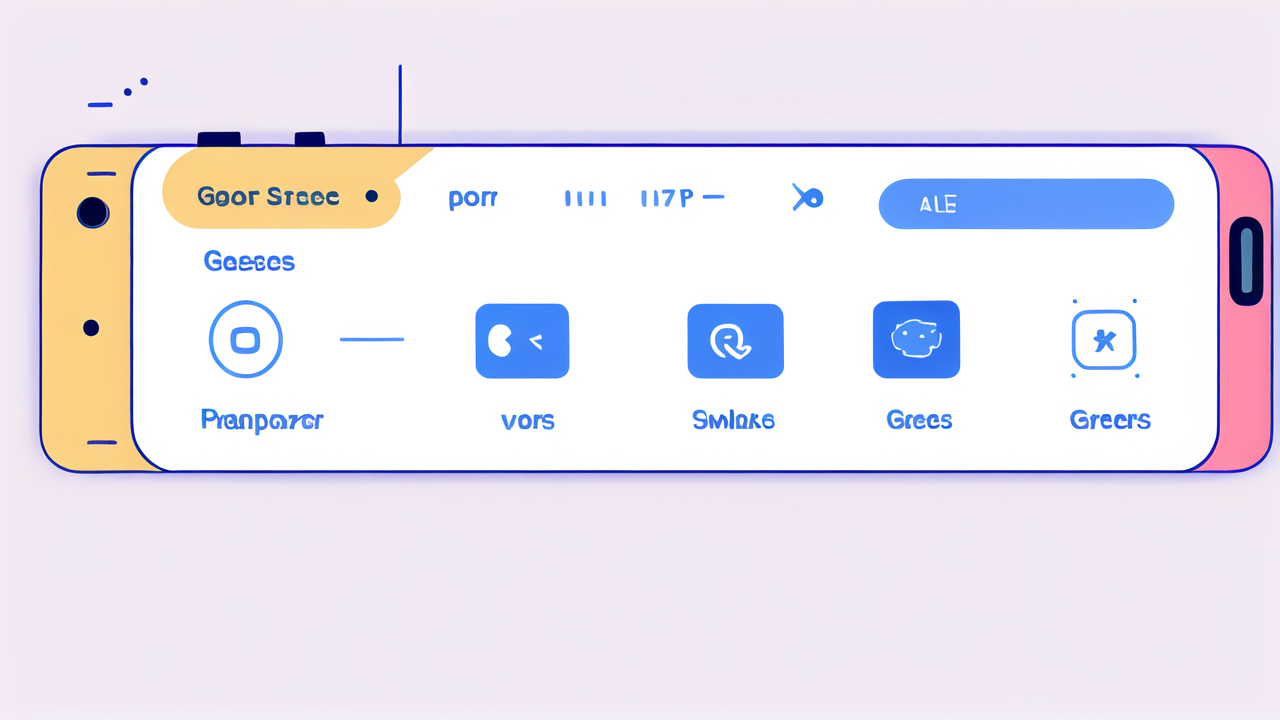Understanding Smart Bands: The Evolution of Wrist-Based Fitness Devices
The Beginning: From Apex Watches to Smart Bands
The journey of wearable fitness devices began with simple apex watches. These early models could track basic metrics like steps and calories burned. As technology advanced, smart bands emerged as a more sophisticated option. They offered a sleeker design and more features than their predecessors.

Smart bands introduced touch screens and smartphone connectivity. This allowed users to view their stats in real-time and sync data to their phones. The transition from apex watches to smart bands marked a significant leap in wearable tech. It opened up new possibilities for health and fitness tracking.
Technological Advancements in Smart Band Features
Smart bands have come a long way since their inception. Modern devices now offer a wide array of features. These include heart rate monitoring, sleep tracking, and even stress level assessment. Many smart bands can now track specific workouts, from running to swimming.
Advanced sensors in smart bands can measure blood oxygen levels and skin temperature. Some models even offer ECG capabilities for heart health monitoring. GPS tracking has become a standard feature in many high-end smart bands. This allows for accurate distance and pace measurements during outdoor activities.
The Rise of Integration with Health and Wellness Apps
One of the most significant advancements in smart band technology is app integration. Most smart bands now sync with popular health and fitness apps. This allows users to view their data in more detail and track long-term trends.
Many smart bands can now connect with nutrition apps to provide a holistic view of health. Some integrate with meditation apps to help users manage stress. The ability to share data with healthcare providers is another important development. This integration has made smart bands valuable tools for managing overall health and wellness.
Choosing the Right Smart Band for Your Lifestyle
Assessing Your Fitness Goals and Daily Activities
When selecting a smart band, it's crucial to consider your personal fitness goals. Are you a casual walker or a serious athlete? Do you need basic step counting or advanced workout tracking? Your daily activities should also guide your choice.

If you're a swimmer, look for a waterproof smart band. For outdoor enthusiasts, GPS functionality might be essential. Consider whether you need all-day heart rate monitoring or just during workouts. By matching the smart band's features to your lifestyle, you'll get the most value from your device.
Evaluating the Importance of Heart Rate Monitoring and GPS
Heart rate monitoring is a key feature in many smart bands. It can provide insights into your fitness level and overall health. Continuous heart rate tracking can help you optimize your workouts and monitor your resting heart rate.
GPS is another important feature to consider. It's essential for accurate distance tracking during outdoor activities. GPS can also provide route information and pace data. However, GPS can drain battery life quickly. Consider how often you'll use this feature when choosing a smart band.
Comfort and Battery Life Considerations
Comfort is crucial when choosing a smart band. You'll likely wear it all day and night. Look for a band with a comfortable strap and a lightweight design. Some people prefer silicone bands, while others opt for fabric or leather.
Battery life is another important factor. Some smart bands need charging every day, while others can last a week or more. Consider how often you're willing to charge your device. Keep in mind that features like GPS and always-on displays can significantly impact battery life.
The Impact of Smart Bands on Health and Wellness in the United States
Enhancing Personal Fitness Regimens with Smart Band Data
Smart bands have revolutionized personal fitness routines in the United States. They provide users with detailed data about their physical activity. This information helps people set realistic goals and track their progress over time.

Many Americans use smart band data to motivate themselves to move more. Features like step counters and activity reminders encourage regular movement. Smart bands can also help users optimize their workouts by tracking heart rate zones and recovery times. This data-driven approach has made fitness more accessible and engaging for many people.
The Role of Smart Bands in Preventative Healthcare
Smart bands are playing an increasingly important role in preventative healthcare. They can detect early signs of health issues, such as irregular heart rhythms or poor sleep patterns. This early detection can prompt users to seek medical advice before problems escalate.
Many healthcare providers now encourage patients to share their smart band data. This information can help doctors make more informed decisions about patient care. Some insurance companies even offer incentives for using smart bands to maintain a healthy lifestyle. This trend is helping to shift the focus of healthcare from treatment to prevention.
Integrating Smart Bands into Workplace Wellness Programs
Workplace wellness programs across the United States are incorporating smart bands. These devices help employees track their activity levels and encourage healthier habits. Many companies offer incentives for meeting fitness goals measured by smart bands.
Smart bands in the workplace can foster a sense of community and friendly competition. Team challenges based on step counts or activity minutes are becoming common. Some companies use aggregate data from smart bands to design better wellness programs. This integration of technology into workplace wellness is helping to create healthier, more productive work environments.




Leave a comment
This site is protected by hCaptcha and the hCaptcha Privacy Policy and Terms of Service apply.